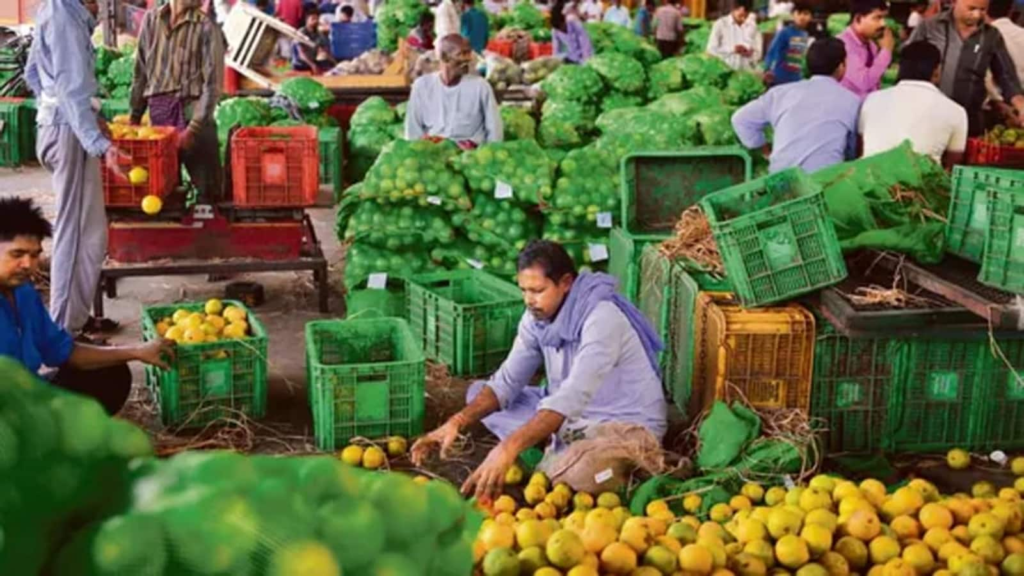Retail inflation, as measured by the Consumer Price Index (CPI), for February was on expected lines at 5.1%. There are two parts to the inflation story. While core inflation — it measures the non-food non-fuel part of the CPI basket — continues to soften, food inflation is keeping the headline number elevated beyond RBI’s target range. Core and food inflation stood at 3.4% and 8.7%, respectively, in February. In fact, the food part of the print has actually seen a marginal rise between January and February because of a faster growth in meat and vegetable prices.
Will food inflation momentum slow down enough to bring the headline number closer to the RBI’s target of 4% going forward? The answer to this question depends on the vagaries of climate more than anything else. While the Narendra Modi government has been proactive in pre-empting shortages in food markets, there are limits to how much such intervention can control food prices. Monetary policy, on its own, can do very little to control food inflation. This is a policy dilemma that is becoming entrenched in the Indian economy. Its magnitude could come down when the share of the food basket is reduced.
What does this mean for the economy going forward? Nobody expects RBI to cut interest rates when the Monetary Policy Committee (MPC) meets next in April. The headline number staying unchanged suggests that the MPC’s tone will also remain the same. While some members of the MPC have been talking about the costs of a prolonged higher real interest rate environment for consumption and investment, a strong growth performance in the December quarter may likely have made the MPC temporarily immune to such concerns.

